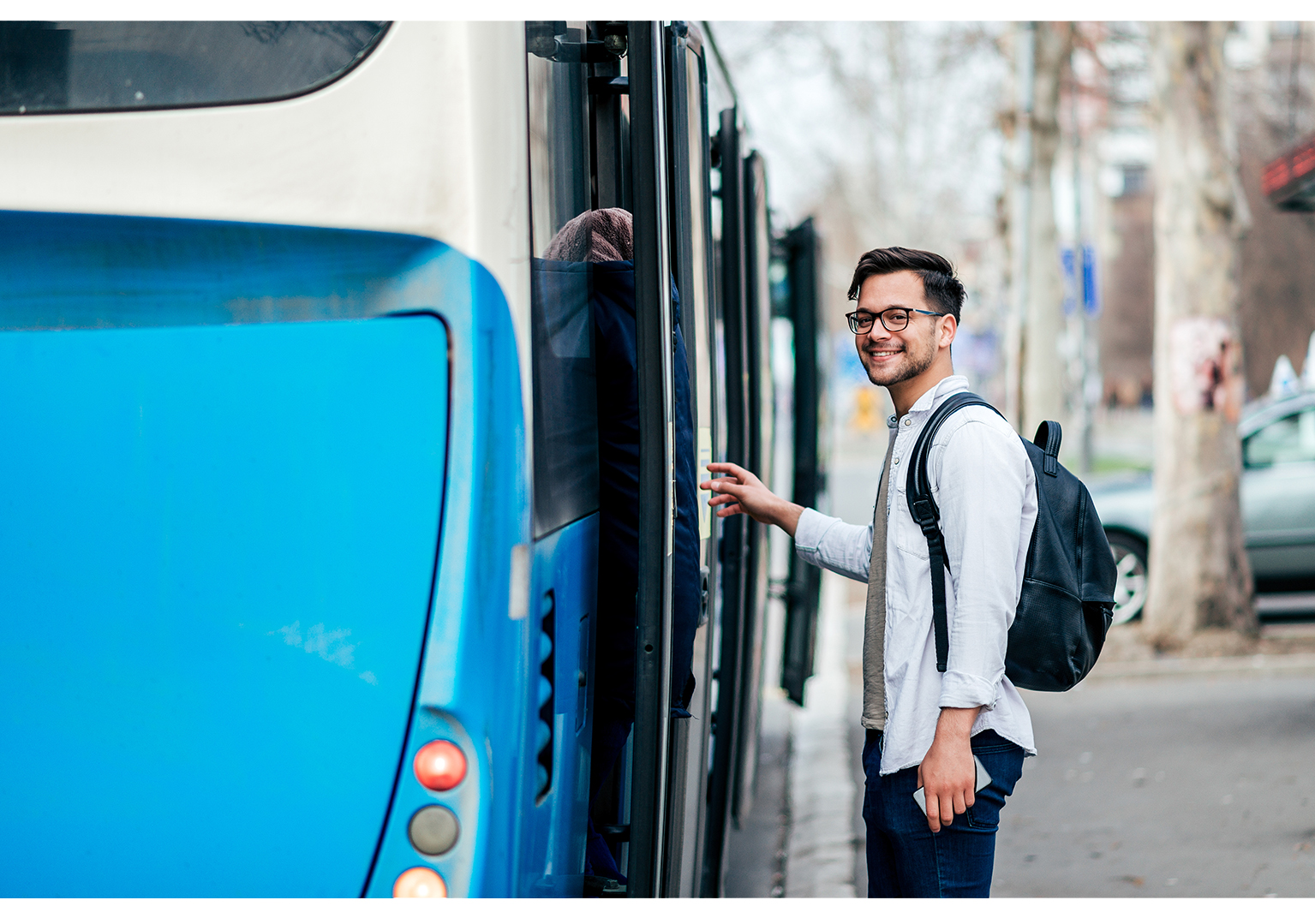September 5, 2023

82.9% of Australian internet users live with others, with two-thirds of them residing with their spouses or significant others. Over half of the respondents regularly arrange transportation for others, with the 35-44 age group being the most likely to do so (64.3%). This age group is particularly responsible for young people or children's transportation. Respondents aged 65 and above are less likely to arrange transportation for others, possibly due to reduced family logistics management needs or a preference for personal independence.

Gasoline/petrol cars dominate Australia's vehicle landscape, with 77.2% of respondents using them. The most frequently used vehicles in the country consist of gasoline/petrol cars, hybrid cars, electric scooters, and pickup trucks. Younger individuals (15-34 years old) tend to adopt hybrid and electric cars more than older age groups, indicating an increasing interest in environmentally friendly transportation options among younger Australians.
When it comes to commuting, gasoline cars lead private transportation (65.0%), while buses (37.9%) and trains (32.4%) are the most popular public transportation options. For personal travel, gasoline cars remain the top choice for private transportation (70.8%), with trains (39.9%) and buses (36.0%) being the most popular public options.

Distance is the top factor at 45.1% when choosing private transportation. Other key factors include weather (30.7%), time-saving (27.5%), and the people they travel with (23.8%). In contrast, when choosing public transportation, cost-effectiveness is the top factor at 30.4% and other key factors include distances (28.0%), the unavailability of parking (25.7%), and the time of day (18.9%). Distance is also crucial when choosing private, other-mode, and multi-mode transportation.
This indicates that convenience and practicality are primary concerns for Australian internet users when selecting a mode of transportation. From the research, we also found that environmentally friendly options are more highly valued when choosing public transportation, ranking at 10.0%.
Eco-friendly transportation plays a vital role in combating climate change and minimizing air pollution. With the Australian government's pledge to attain net zero emissions by 2050 through the Long Term Emissions Reduction Plan, it is essential for the transportation sector to adopt sustainable practices. Transitioning to greener transportation options will enable Australia to establish a reliable pathway to net zero by 2050 and contribute to a greener future.
To foster a more eco-friendly transportation system in Australia, the following strategic recommendations are proposed:
Offer incentives for eco-friendly vehicle adoption
Provide subsidies, tax breaks, or other incentives to promote the adoption of hybrid and electric vehicles among consumers, particularly in younger age groups, as they show a growing interest in these options. This will not only help reduce emissions but also attract environmentally conscious users to greener transportation alternatives.
Promote multi-modal transportation
Encourage the use of multiple modes of transportation by integrating public transportation with bike-sharing, car-sharing, or ride-hailing services. This will provide users with more flexibility and convenience, making public transportation a more attractive option. By offering a seamless and well-connected transportation experience, Australians will be more inclined to opt for eco-friendly choices.
Improve accessibility and convenience
Focus on enhancing the public transportation network by increasing frequency, expanding routes, and improving connectivity between different modes of transportation. This will make public transportation more convenient and practical for users, potentially encouraging a shift from private to public transportation. By making public transportation a more viable option, Australia can further reduce its carbon emissions and promote a sustainable transportation ecosystem.
By adopting a comprehensive and forward-looking approach, transportation industry decision-makers can better tailor their strategies to meet the preferences and needs of Australians. This will not only improve customer satisfaction but also promote the creation of a more sustainable, efficient, and eco-friendly transportation network in the country. Furthermore, it will support the Australian government's commitment to achieving net zero emissions by 2050, paving the way for a greener and more sustainable future.
At Z.com Engagement Lab, we pride ourselves on having the latest consumer data to keep you informed on emerging trends in the transportation industry. Our recent study, conducted between April 25 and May 8, 2023, delves into the transportation habits and preferences of Australians, providing invaluable insights for decision-makers. Stay connected with us to keep your finger on the pulse of the ever-evolving transportation landscape.

|